Foliar Nutrition
By: Dennis Warnecke and Steve Becker
If you have not started already, now is the time to start your foliar fertilization. This is by far the best way to make a nutritional correction to ensure proper plant health and increase size and yield while building soil health and stable carbon in the process. Foliar nutrition has been utilized in agriculture as far back as 1844 to correct plant chlorosis (Gris, 1844). In 1935, Dr. Tiedjens demonstrated that small amounts of balanced fertility, in the proper form, are key when correctly sprayed on the plant, showed results that were economically competitive with plants grown with larger amounts of dry fertilizer conventionally spread on the soil. Therefore, we always say “test don’t guess.” The cost of a tissue sample will pay large dividends based on plant response and results. With that being said, soil fertility cannot be ignored. A successful plan has to start with your information, based on a soil analysis and plant sap analysis.
One pound of foliar-fed nitrogen (as urea) is equivalent to four pounds of soil-applied nitrogen. (Source:Michigan State University)
We need to remember, when doing foliar nutrition, we are not only feeding the plant and increasing fruit quality, size, and overall plant health, but we are also feeding the soil. Foliar spraying also stimulates nutrient uptake from the soil. After spraying, the leaves will generate more carbohydrates which will transport down to the root to be released as root exudates. This will stimulate the microbial life in the soil and the microbes will thrive around the root mass, making more nutrients available to the plant. So, each time we foliar feed we are feeding the soil, building microbial communities that release soil nutrients, build soil carbon, and create soil structure.
Now that is a return on your investment!
BFMS Foliar Nutrition Program:
- Micro 5000TM 5-15-10 – With an emphasis on Phosphorus, Micro 5000TM is geared towards the growth stages of the plant. Phosphorus is essential for energy, metabolism, root growth, and is a part of DNA. Extra Phosphorus is critical during times of cold weather (early season), limited root growth, and fast shoot growth, all of which are most typically associated with early season. Use Micro 5000TM to help get the plants “out of the gates” and the enhanced early growth will reward the farmer with long term health and yield.
- Pz 1000TM 4-4-20 – With an emphasis on Potassium, PZ 1000TM is a great supplement for plants that are moving into production. Potassium is critical in sugar translocation, starch formation and stomata guard cell control and plant stress reduction to name a few. High sugar and starch producing crops require large quantities of Potassium once set begins because Potassium is no longer mobile once inside the developing fruit.
- Micro 5000 OrganicTM 0-0-15 is similar in function to PZ 1000TM, but formulated to be compliant with NOP standards for organic farms.
Foliar Application Tips:
- For most summer crops, late evening application or early morning (some growers spray at night)
- Foliar feeding should be done when the air is relatively cool (Below 85oF)
- Never during high heat or prolonged direct sunlight
- Low humidity with wind reduces success, higher the humidity, the better success (follow Irrigation)
- Build around Herbicide, Fungicide and Insecticide application, never with them
- Spray when wind is low
- Use caution when spraying plants under stress
